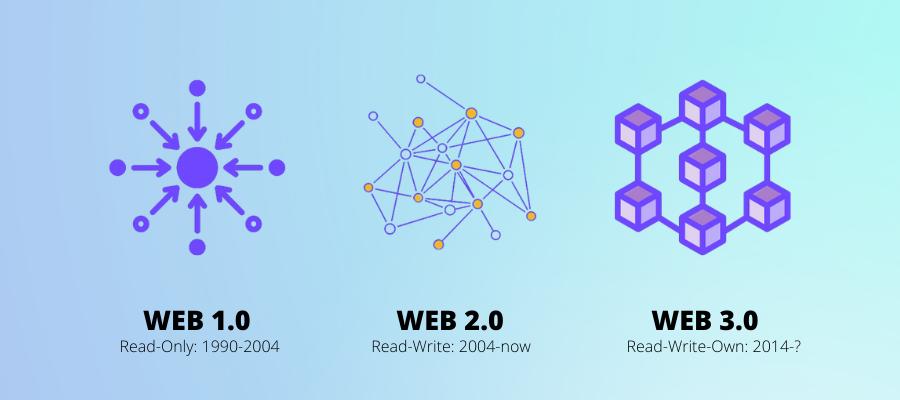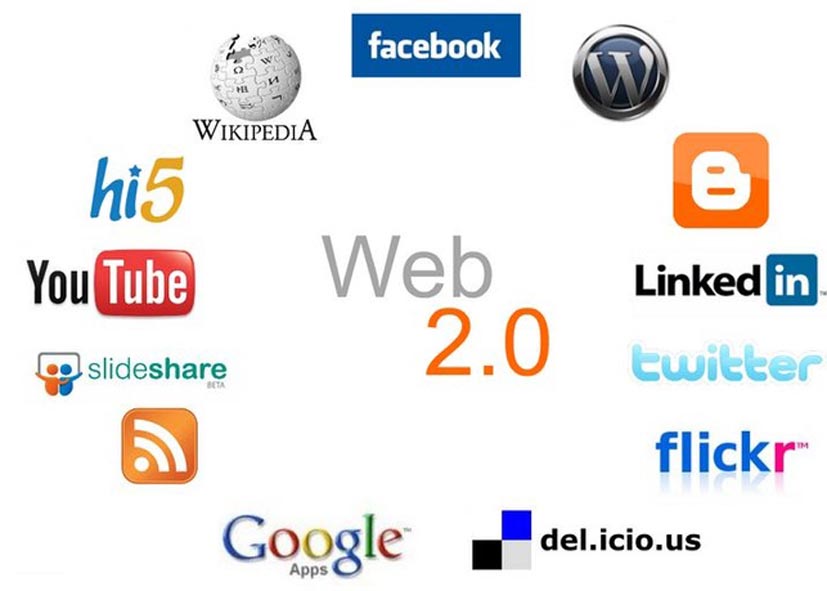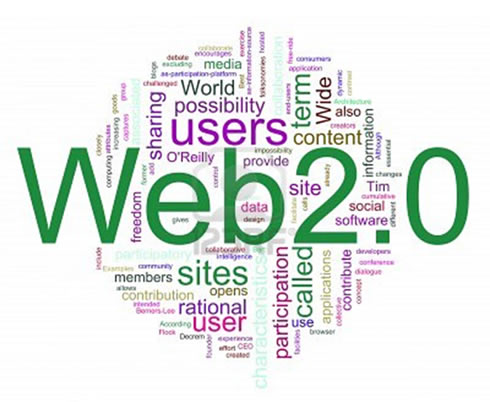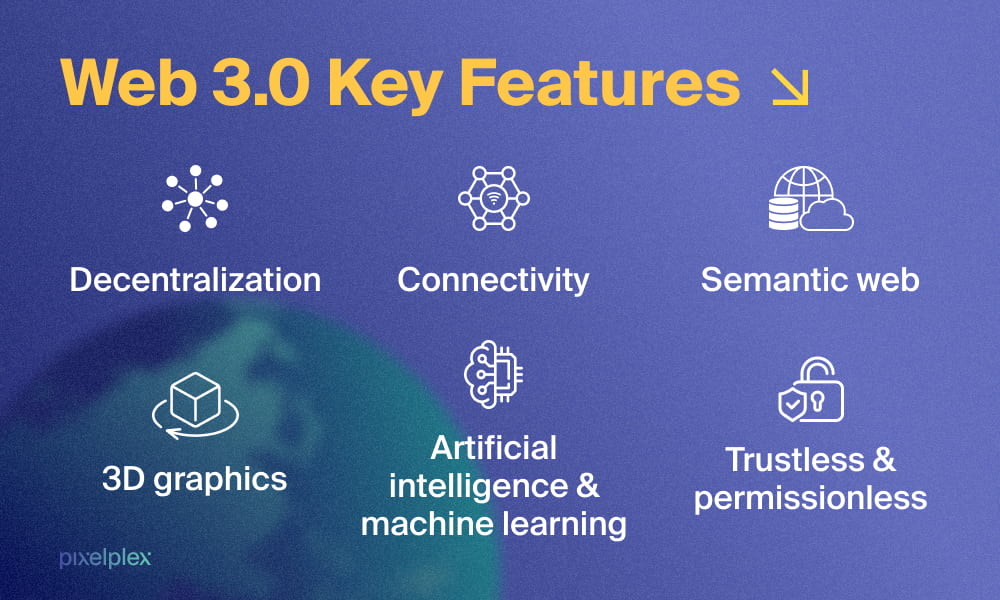This article was published as a part of the Data Science Blogathon.
Overview
The WWW is often used for application. The programmatic available interfaces are referred to as “web services.” In today’s era, Most people cannot envisage life without the internet. The global has transformed into a web of data. The semantic wave enclasps three stages of internet development. In the first stage, Web 1.0 was developed to connect information and Thing on the internet. Web 2.0 connects people to the User Interface (UI) and a web of social contribution. The next stage, Web 3.0, is established now. It’s all about representing connecting knowledge and information and meanings and also puts effort to work so that our internet experience is more relevant, useful, and delightful.

Introduction
A Web Service is a software system that supports end-to-end computer interaction over the Internet. Web services are not likely new but usually take the form of an Application Programming Interface (API). In today’s world of utmost competition on the business side, information exchange and efficient communication is the need of the day, which will be increasing every day. The web is a growingly important factor in many aspects of life, such as education, employment, government, commerce, health care, and more. The web is a system of compounded, hypertext documents accessed through the Internet. By using a web browser, a user can view web pages that may contain text, images, videos, or other multimedia and navigations between them using hyperlinks.
Web 2.0 is the generation of people who have realized that it is not the software that enables the web that matters a lot, like the services delivered over the web. New technologies will make online search more powerful and may lead to Web 3.0. Web 2.0 is a vision of the web in which information is broken into “mini content” units that can be distributed over many domains. Let’s discuss Web 2.0 and Web 3.0 in brief.
What is Web 2.0?

Now, we are looking at the earlier version of Web 2.0, or the read-write web. The recently-introduced ability to contribute content and interact with other web users has fiercely changed the web topography in a short time. The phrase “Web 2.0” hints at an improved form of the WWW. Technologies such as weblogs (blogs), social favicon, wikis, podcasts, RSS feeds (and other forms of publishing content), software, WEB APIs, and online web services such as Gmail provide enhancements over read-only websites. For most of today’s users, this Web 2.0 is considered the primary form of web interaction.
Characteristics of WEB 2.0

- Free information sorting allows users to retrieve and identify data collectively
- Contains dynamic content as per the user’s input
- Employs API (Application Programming Interfaces)
What is Web 3.0?

To figure out the meaning of WEB 3.0, first, we need to look into the future. There are so many elements available today of WEB 3.0.
Web 3.0, also called Web 3, consists of super excellent users’ utility, frankness, and dispersed ideas. This stage of Web Utilization and Interaction stage moves people away from compact platforms like Twitter or Facebook, and Google toward dispersed, nearly anonymous platforms. Somehow World Wide Web(WWW) is called Web 3.0, the Semantic Web, and is envisaged as an intelligent, independent, and open Internet that uses AI (Artificial Intelligence) and ML (Machine Learning) to act as a “Smart Brain.”
WEB 3.0 is a web where the concept of a website or webpage is abandoned, where data is shared instead of owned, and web services show various views of data. Those
services can consist of applications like browsers, mobile devices, or others and must be focused on personalization and context.
Issues with Web 2.0
As we can see, currently, various organizations and their data are dominating the internet. Personal data is commercialized publicly. And hence this leads to major issues for WEB 2.0 users. They are as follows:-
- Some of the websites are hosted by the nuisance of companies that follow or support some social media sites. So if they think they can easily remove users from their services.
- Billions of data over the internet are stored in centralized storage where criminals can commit fraud or hack.
- It has led to increasing misinformation which world users and governments have manipulated to attract web 2.0 users.
WEB 3.0 will be private and more secure as compared to WEB 2.0. Hackers and thieves will find it more difficult to pierce the internet and make scams because each transaction must be agreed upon together with two-step verification. If not, transactions will be revoked, and they will get tracked to their source.
In Web 3.0, machines can understand information gained from data similarly to humans via technologies based upon Natural Language Processing and Semantic Web concepts. Web 3.0 will also use machine learning, a branch of artificial intelligence (AI) that uses algorithms and data to emulate how humans learn and improve their accuracy.
How will Web 3.0 Impact Businesses?
- Web 3.0 technology helps improve transparency and trust between businesses and their customers by creating a tamper-proof record of transactions via blockchain. A real-time view of his supply chain allows customers to see where their products are at each stage of the production process.
- The decentralized nature of Web 3.0 means it’s safer and cheaper. Thanks to decentralization, user data is not stored in one place, making it less vulnerable to attack and loss. Due to decentralization, Web 3.0 apps do not require expensive servers or data centers. Alternatively, it can run on a network of computers provided by the end user.
- Web 3.0 uses cryptocurrencies such as Bitcoin and Ethereum to perform real-time transactions. International purchases may take several days to process as the transaction does not go through a bank. Cryptocurrency transactions can be done in minutes, if not seconds.
- Web 3.0 has also made social media much safer. First and foremost, users own their data, not the social media network. Therefore, users can prevent their personal information from being sold. Second, it prevents using bots and fraudulent accounts, trolling, and spam. This helps block scammers and other questionable online sellers.
- Fake news is also curbed, and new stories are invented that can damage a company’s reputation. Shady news sources no longer need to be verified by shady third-party sources. Web 3.0 apps like Prover allow users to verify news sources via blockchain.
- The distributed nature of Web 3.0 and the lack of centralized servers means there are fewer opportunities for network failures that can lead to significant business loss.
- Web 3.0 is still in its infancy, and new companies are just emerging from using the technology. Organizations must keep an eye on progress to seize every opportunity as Web 2.0 expires and Web 3.0 becomes the norm.
Key Difference Between WEB 2.0 & WEB 3.0
| WEB 2.0 | WEB 3.0 |
| Its social web | Its semantic web |
| It connects people | It connects knowledge |
| Contains 2-way pages, Wikipedias, videos | It contains 3D games, Virtual Environments, Education, business |
| Build such platforms where people can publish their content and others can make use of it e.g. Wikipedia, Blogger, Youtube | Build such platforms where people can interact with others. E.g FaceBook, Twitter |
| Focuses on the community | Focuses on individuals |
Similarities Between the Web 2.0 and Web 3.0
If you notice, you can find common facts between them. That follows:-
- It deals with the relationship between content and users
- Both provide users iteration with the “read” function
- Both depend on the internet to complete their tasks
Conclusion
I hope you found this article useful; if you need help, please let me know in the comment section below.
Some of the key takeaways are as follows:
- The web offers many opportunities to people with disabilities that are unavailable through any other medium.
- Also, It gives independence and freedom. However, if a website is not created with web accessibility, it may exclude a segment of the population that stands to gain the most from the internet.
- As organizations and designers become aware of and implement accessibility, they will ensure that a broader population can access their content.
- It is hard to ignore that the use of blockchain, virtual reality, and artificial intelligence is expanding exponentially, regardless of the direction that the web’s evolution takes.
- The answer to whether the convergence of these technologies will unquestionably result in a clearly defined Web 3.0 technology will have to wait till the future.
The media shown in this article is not owned by Analytics Vidhya and is used at the Author’s discretion.







